USNFLYR
Sr. Member
- Joined
- Dec 17, 2018
- Messages
- 292
- Reaction score
- 417
- Golden Thread
- 0
- Primary Interest:
- All Treasure Hunting
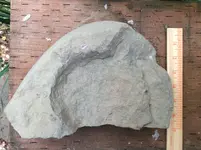
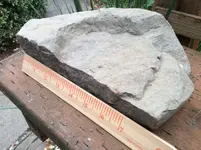
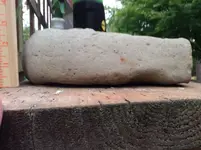
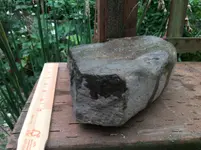
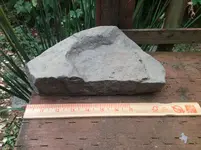
Once again I seek out the advice of the many Native American relic collectors to see if I stumbled
On something "collectible". On my latest low tide stroll along a small tributary to the Columbia River I found this river rock. I believe the stone was a failed attempt of a bowl/mortar that broke apart during the chiseling phase. The bottom is flat. The outer (rim) is rounded and smooth. The surface of the indented inner rim is rough, angled and conforms to the circular outer rim. I note some spiked chips (like serrated teeth) that MAY BE the area of the break. The clean fracture could’ve also come from an accidental drop?
This sub thread has very gracious members that seem to respond with advice and solutions. I hope that tradition continues...and thanks in advance for anyone that chimes in!
Last edited:
Upvote
0



